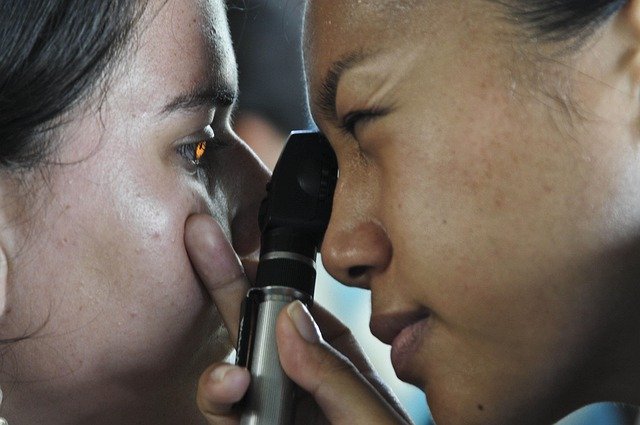Noninvasive Options to Improve Visual Sharpness
Blurred vision can emerge gradually or suddenly and affects daily activities such as reading, driving, and screen work. Noninvasive strategies can often improve clarity by addressing refractive errors, ocular surface problems, and visual strain. This article outlines evidence-based, non-surgical approaches and screening steps to help preserve and sharpen vision.

Blurred vision has many causes, from simple refractive errors to retina and cornea conditions. Many people find clearer sight without surgery by using corrective optics, treating surface disease, improving visual habits, and undergoing regular screening. Understanding how refraction, ocular health, and lifestyle interact helps you choose appropriate noninvasive measures tailored to symptoms and diagnostic findings.
This article is for informational purposes only and should not be considered medical advice. Please consult a qualified healthcare professional for personalized guidance and treatment.
What causes blurred vision related to refraction?
Refractive errors occur when the eye’s optics do not focus light precisely on the retina. Myopia (nearsightedness), hyperopia (farsightedness), and astigmatism are common refractive problems that produce generalized blur at specific distances. Optometry exams use refraction testing to quantify these errors and prescribe corrective lenses. Regular refraction checks are important because small changes in prescription can significantly affect clarity and comfort, especially for people who spend long hours on screens.
How do retina and cornea issues affect sharpness?
The retina and cornea both influence visual sharpness in different ways. The cornea contributes most of the eye’s focusing power; irregularities or scarring can create distorted vision. The retina processes the focused image; conditions such as macular degeneration, diabetic retinopathy, or retinal edema reduce central clarity. Noninvasive interventions range from lubricating therapies and corneal surface treatments to medical management and monitoring of retinal disease through imaging and screening by eye care professionals.
Noninvasive optics for myopia, hyperopia, astigmatism
Corrective optics remain the first-line noninvasive option for many refractive issues. Eyeglasses and contact lenses correct myopia, hyperopia, and astigmatism by altering how light enters the eye, restoring focus on the retina. Specialized lens designs—such as multifocal lenses, toric lenses for astigmatism, and myopia-control contact lenses—address specific needs. Advances in lens coatings, anti-reflective treatments, and blue-light filtering can improve comfort and perceived sharpness during prolonged near work and screen use.
Managing cataract and glaucoma without surgery
Cataracts and glaucoma are usually progressive conditions that can affect clarity, though cataracts are ultimately treated surgically when vision is meaningfully impaired. Before surgery, vision can sometimes be optimized noninvasively with updated refractions, contrast-enhancing lenses, and improved lighting. Glaucoma management centers on lowering intraocular pressure using topical medications and monitoring optic nerve and visual field changes; while medication does not restore lost nerve tissue, it can slow progression and preserve remaining vision when used as prescribed.
Addressing eyestrain and the role of screening
Eyestrain from prolonged near tasks or screens can cause temporary blur, headaches, and fatigue. Simple noninvasive measures—regular visual breaks (20-20-20 rule), proper ergonomics, optimized screen contrast, and corrective lenses for near work—often reduce symptoms. Routine screening plays a preventive role: periodic comprehensive eye exams detect early signs of refractive change, retina disease, cataract formation, or glaucoma, guiding timely interventions that can avert longer-term vision loss.
Monitoring vision outcomes and follow-up care
After implementing noninvasive measures, follow-up is essential. Regular monitoring verifies that corrective lenses remain accurate, ocular surface treatments are effective, and medical therapies for glaucoma or retinal disease are controlling progression. Optical measurements (refraction, corneal topography) and functional tests (visual acuity, contrast sensitivity) help quantify improvements. Collaborative care between optometrists and ophthalmologists ensures conditions needing escalation to procedural or surgical treatment are identified promptly.
Conclusion
A range of noninvasive strategies can improve visual sharpness depending on the underlying cause: precise refraction with appropriate lenses, surface and ocular health management, lifestyle and ergonomic adjustments, and routine screening to detect progressive ocular disease. Combining optical correction with regular professional monitoring provides a balanced approach to maintaining clearer vision while minimizing invasive procedures.






